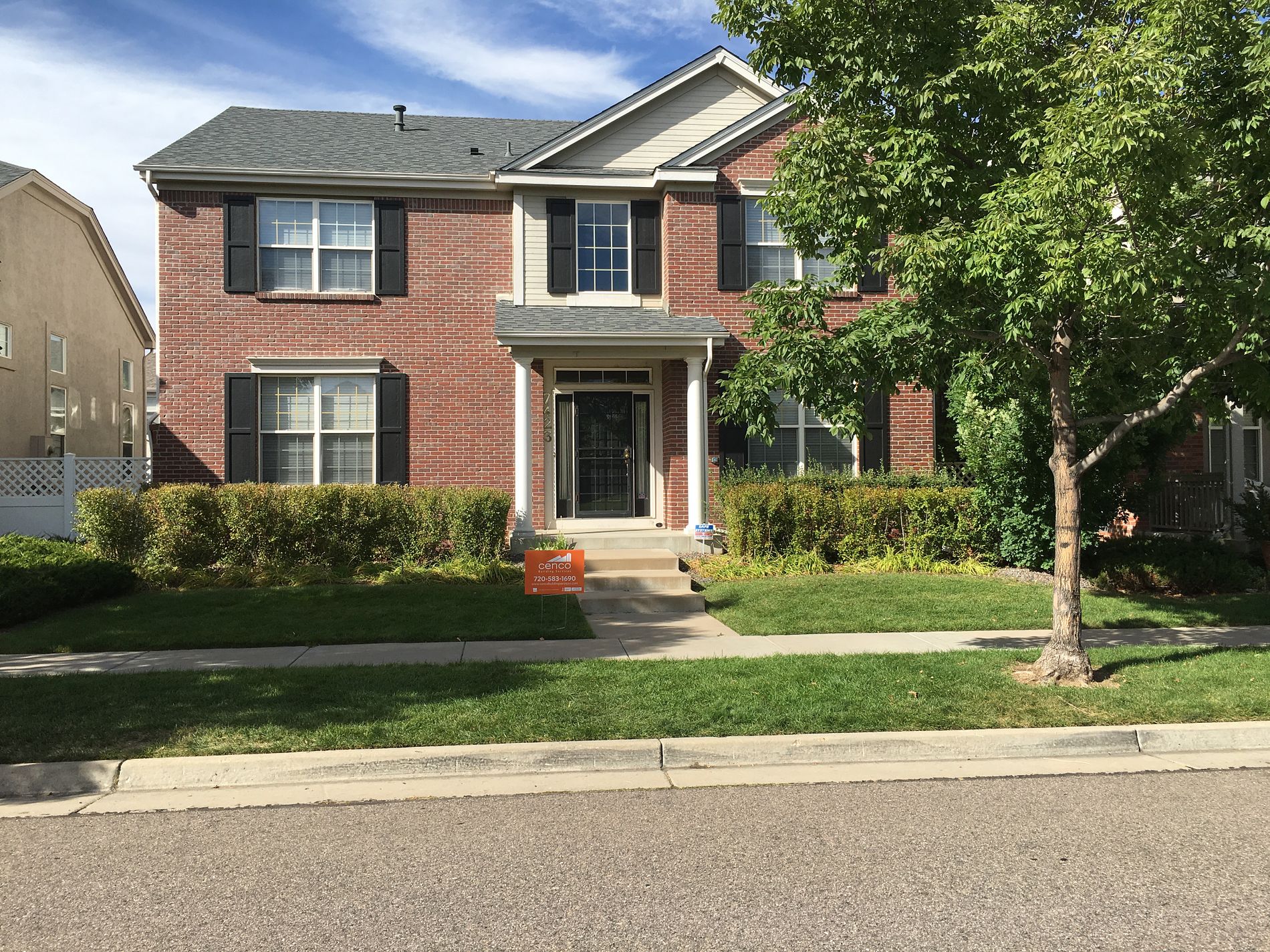Here at Cenco, roofing services are all we do, and we’re passionate about helping Denver homeowners better understand the ins and outs of their roofing systems–including everyone’s worst nightmare: hail damage. Read on to learn how hail damage affects different types of roofs and what to do about it!
How to Spot Hail Damage on Your Roof
You might think that all hail damage looks the same, but in reality, even homes within the same neighborhood can exhibit very different types of damage. The kind of hail damage your home incurs will vary based on:
- Hail size and density
- Wind velocity
- Angle of hail fall
- Age of roof
- Type of roof
That last one–type of roof–is what we’ll zero in on below.
Hail Damage on Metal Roofs
Similar to a car, hail damage to metal roofing most often comes as dents. These dents may be located on the metal panels themselves as well as on the roof vents and flashing. If the hail is heavy enough, you might also see peeling or tearing along the seams between metal panels.
Hail Damage on Asphalt Shingle Roofs
Asphalt roofs are among the most common style of roof in Denver. If you have an asphalt shingle roof, immediate hail damage often appears as:
- Punctures
- Tears
- “Bruises” or light dimples
- Torn or peeling shingles
- Black spots from displaced granules
Left unaddressed, hail damage to asphalt roofs can actually get worse over time. Without the protective layer of granules, exposed asphalt degrades under the sun, leading to problems like blistering, leaking, and cracking.
Hail Damage on Wood Roofs
Although wood shakes are naturally durable, large-enough hailstones can cause the following signs of damage:
- Cracks
- Punctures
- Clean splits
- Deep impact marks
What to Do About Hail Damage on Your Roof
If you’ve spotted any of these signs of roof hail damage, it’s essential to contact trusted Denver roofing contractors as soon as possible. Major problems like exposed underlayment or missing shingles may require emergency roofing services–but even seemingly smaller problems should not be ignored. Why? The bottom is this: even significant hail damage can be difficult to identify without proper training. Sometimes what appears to be recent hail damage may actually be the result of natural weathering or a poorly executed roof installation. Perhaps even more importantly for you, a professional inspection is required if you hope to have your roofing services covered by insurance!
Still Have Questions About Hail Damage? Contact Our Denver Roofers Today
The above-mentioned tips provide a great knowledge base, but they’ll never take the place of trained and certified professionals. If you’re concerned about potential hail damage in your Denver home, contact Cenco Building Services today! We’re Colorado’s only licensed hail specialists, and we’d be happy to inspect your property and make recommendations for hail damage restoration or emergency roofing repairs. We can even work directly with your insurance company to reduce the burden on you! Just call us or fill out our online form to begin right away.



